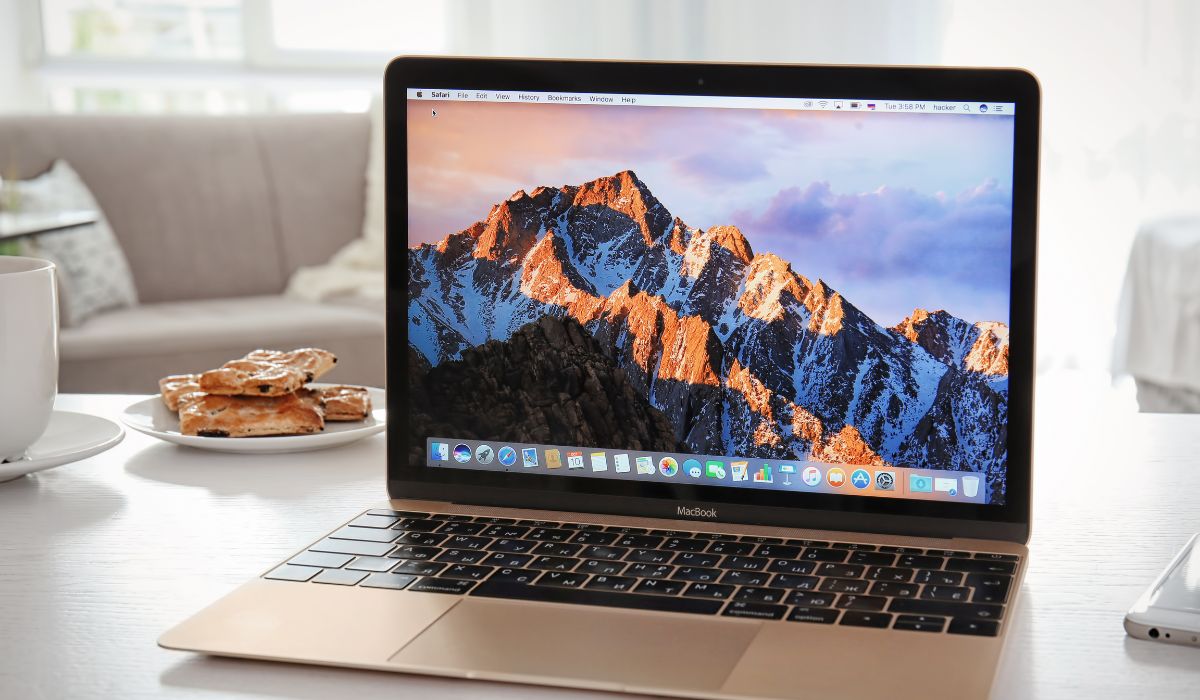Taking a screenshot on a Mac is easy once you know the shortcuts. Whether you want to capture the whole screen, a small area, or a single app window, macOS has built-in tools ready to go. This guide walks you through the ways to take screenshots, where to find them, how to change settings, and what to do when something goes wrong.
Mac Keyboard Shortcuts for Taking Screenshots
These are the main keyboard shortcuts on any MacBook or iMac:
| Shortcut | What It Does |
|---|---|
| Command + Shift + 3 | Takes a screenshot of the whole screen |
| Command + Shift + 4 | Lets you select a part of the screen to capture |
| Command + Shift + 4, then Space | Captures a specific window or app |
| Command + Shift + 5 | Opens the Screenshot toolbar with more options |
| Command + Shift + 6 | Captures the Touch Bar (only on MacBook Pro with Touch Bar) |
| Add Control key | Saves to clipboard instead of file |
If you use Control + Shift + Command + 4, it copies the shot so you can paste it into Pages, Mail, or even a Slack message.
Where Do Screenshots Go?

macOS saves screenshots to your Desktop by default. You’ll see a filename like:
Screen Shot 2025-07-14 at 3.23.45 PM.png
You can change the save location using the Screenshot toolbar (Cmd + Shift + 5 → Options). Want to put them in a folder called “Screenshots”? Just create that folder first, then pick it in the options.
Quick tip: Screenshots save in PNG format, but you can change that to JPG or PDF using a Terminal command.
How to Change Screenshot Settings
Here’s how to change where they save or what file format they use:
- Open Terminal (find it in Launchpad or Spotlight).
- Use this command to change location:
defaults write com.apple.screencapture location ~/Pictures/Screenshots - To change the format to JPG:
defaults write com.apple.screencapture type jpg - After changes, run:
killall SystemUIServer
Done. Your screenshots will now go into your chosen folder, in the new format.
Editing a Screenshot Without Any App
After you take a screenshot on a Mac, a small preview pops up in the bottom-right corner of your screen. If you click it quickly—before it disappears—you’ll open a simple editing tool built right into macOS. This tool lets you make quick changes without needing any extra software.
You can crop the image to focus on just one part. There are tools to draw arrows, shapes, or freehand lines if you want to point something out. You can also add text directly onto the screenshot, which is helpful for labeling or explaining parts of the image. If something needs to stand out, the highlighter tool helps you mark it clearly. And if you’ve added a signature in Preview before, you can even drop that into your screenshot.
All of this happens inside what Apple calls Markup. It’s part of both the Preview app and Quick Look in macOS, and it’s available by default on MacBook, Mac mini, or iMac. This makes quick edits easy—no need to install anything else.
Want More Features? Try These Apps
The built-in tool works fine. But if you need more—like scrolling screenshots, cloud links, or blurring info—try one of these:
- CleanShot X
- Snagit
- Skitch
They’re available online or in the Mac App Store, and they work better for people who take lots of screenshots every day.
Troubleshooting Screenshot Problems
Screenshot shortcuts not working? Try this:
- Go to System Settings > Keyboard > Keyboard Shortcuts, and make sure screenshots are enabled.
- Still not working? Open System Settings > Privacy & Security > Screen Recording. Make sure your screen capture tools are allowed.
- Try restarting your Mac if nothing else works.
Another issue is not seeing the preview window. That’s a setting too. Open the toolbar (Cmd + Shift + 5), click “Options”, then make sure “Show Floating Thumbnail” is checked.
Final Words
Now you know the fastest ways to screenshot on a Mac. From shortcuts to tools to saving and editing, this guide covered everything most users need.
Try pressing Cmd + Shift + 4 now. Practice helps.
Got questions or your own tips? Drop them in the comments. And if this helped you, share it with a friend or coworker who just got a Mac.
